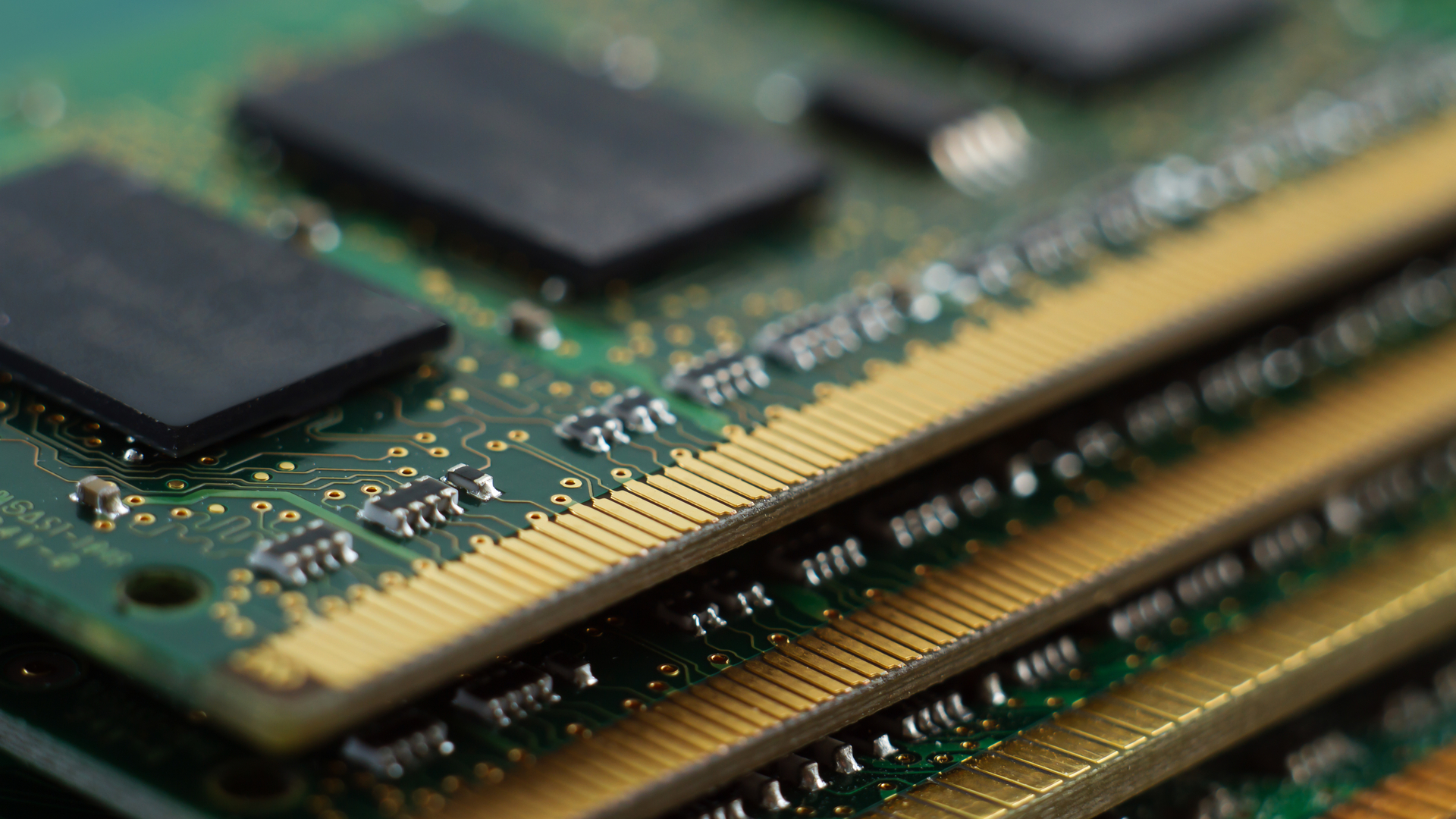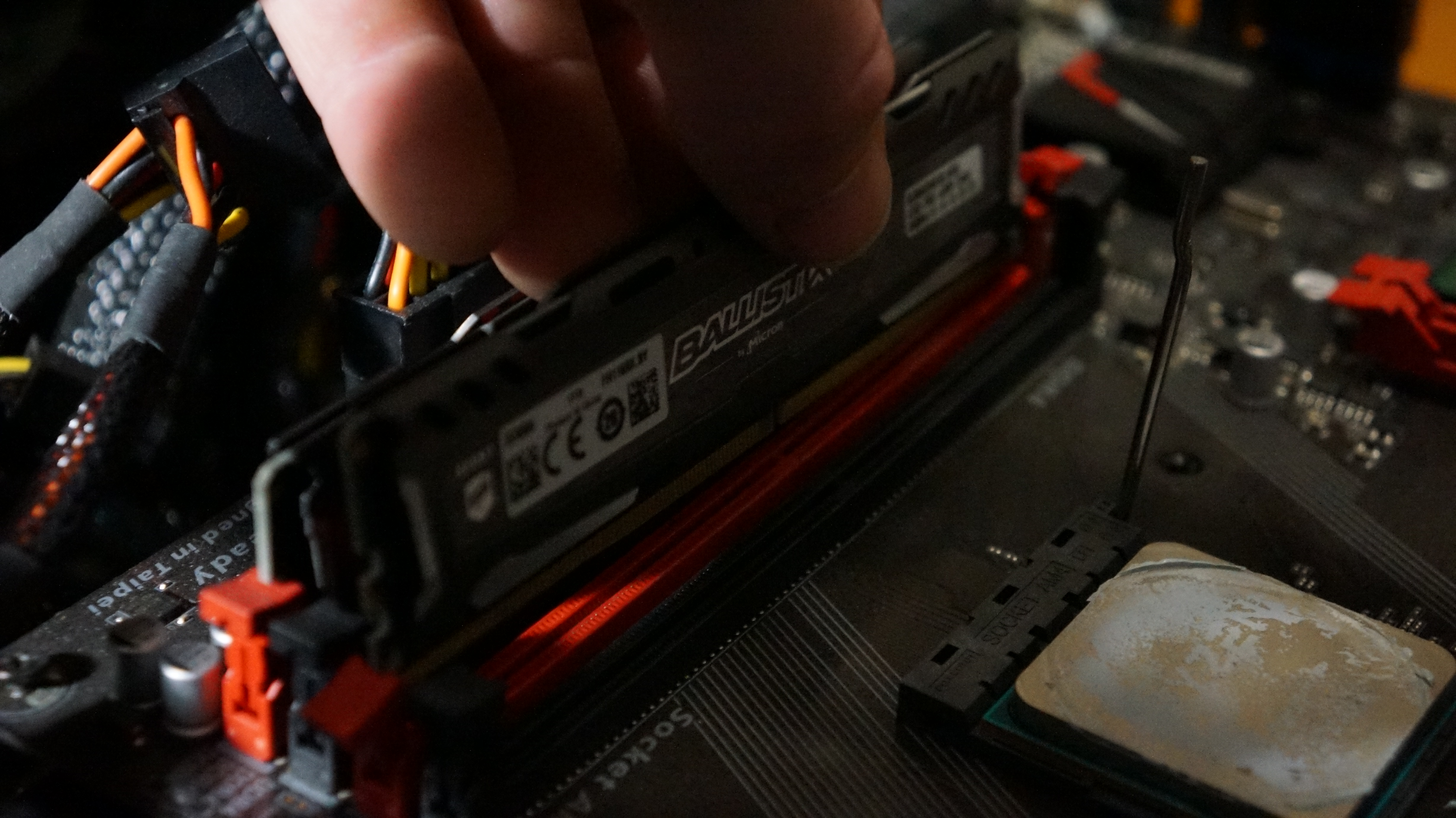How to install RAM: It's not as simple as downloading more RAM
From consulting your motherboard's manual to getting it lined up accurately, how to install RAM is a piece of cake when you follow these easy steps

If you're looking to speed up your computer, learning how to install RAM is a great way to go about doing just that. A lot of operating systems are real memory hogs, but you'll find having a newer PC or laptop means you probably don't notice much impact when it comes to your surfing speed. Older computers, however, are another story entirely.
For those of you who haven't yet upgraded to one of the best Windows laptops or the best computer, never fear, performing a simple hardware upgrade on your current computer will make all the difference. If you're trying to build a PC from scratch, knowing how to install RAM will also come in really useful.
While replacing your computer or laptop every few years is certainly an option, if you're a fan of the best MacBooks and Macs, you know that doing that on a semi-regular basis is a fairly costly option. A far more affordable option is to just upgrade the memory, which will not only save you money but also extend your PC's life and usefulness for a few more years - just minus the hair-pulling sluggish performance!
But, what is RAM exactly, we hear you ask? Well, in basic terms, it's your device's short-term memory which stores all the data that your computer needs quick access to when you're performing a task. Think of it as being like the middle man that works between your device's processor and hard drive.
It's a very important part of your computer and, as luck would have it, installing RAM is an absolute breeze. It doesn’t get much simpler than this – at least when it comes to installing PC components. So, even if you haven’t done it before, you should be able to pick it up fairly quickly.
Before you start, check out our guide to the best RAM to help you get off on the right foot. Then, once you've got that sussed, follow the step by step instructions below on how to install RAM where we talk you through everything you need to know, from figuring out which slots to fill to actually inserting it in.
1. Consult your motherboard's manual
As easy as it is to pop RAM sticks into your motherboard, but when it comes to how to install RAM, you also shouldn’t be cavalier about slotting it just anywhere where there’s a spot available. You want to make sure you're putting the RAM into the correct slots, after all, so you can get the full performance out of them.
Sign up for breaking news, reviews, opinion, top tech deals, and more.
In addition, which slots you go with will also depend on how many RAM sticks you have. In a motherboard with two RAM slots, you can simply put your first stick of RAM into Slot 1 and a second stick into Slot 2. If you just have one stick, you don't have to fill Slot 2.
In the case of a motherboard with four RAM slots, it's probable you'll want to install your first RAM stick into the slot labeled 1. A second stick should go into Slot 2, which isn't next to Slot 1. If you have a third stick, it would go into Slot 3, which will actually be between Slot 1 and Slot 2. Finally, a fourth stick would go into Slot 4.
This isn’t a hard and fast rule, however. You must always consult your motherboard manual. That’s because motherboards may suggest installing RAM in a different order, such as Slot 2 > Slot 4 > Slot 1 > Slot 3. It all depends on your motherboard.
Don't worry, though. Your computer should still work if you mix up the order. However, you could also miss out on multi-channel capabilities and not get optimal performance if you don't follow your motherboard's guidance.

2. Open your RAM slots
Once you know where your RAM needs to go, you're ready to start installing. Each RAM slot will have two small clips at either side. Press these down to open them. They don't need to move very far, so don't use too much force.

3. Line up your RAM
RAM sticks are keyed, which means they have a gap in the connector that will ensure you can only insert them one way. Line up your RAM so that the gap on the connector corresponds with the RAM slot.

4. Insert the RAM
With your RAM lined up, gently press it down into the slot. When the RAM stick is fully depressed, the locking tabs at each side should click back into place. Once they have, you're all set. And voila - you've just learned how to install RAM successfully!

Over the last several years, Mark has been tasked as a writer, an editor, and a manager, interacting with published content from all angles. He is intimately familiar with the editorial process from the inception of an article idea, through the iterative process, past publishing, and down the road into performance analysis.